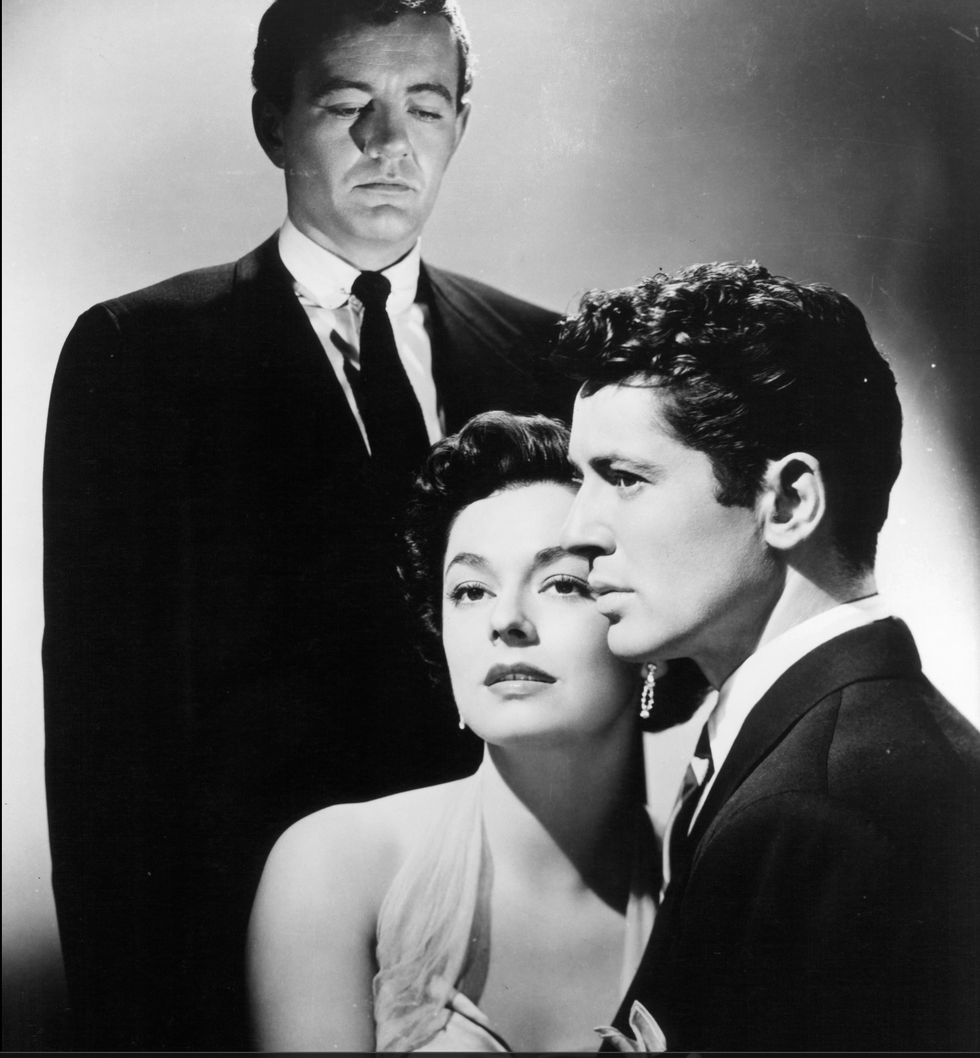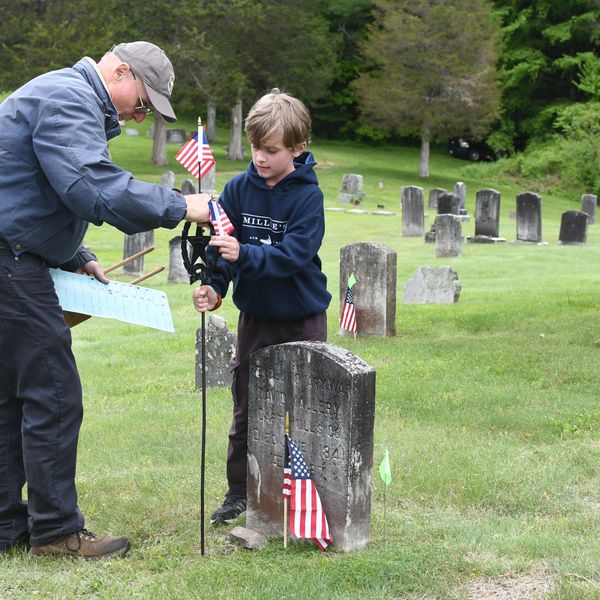The Talented Patricia Highsmith — and Why Her Stories Work on Film

Not all print-to-film adaptations can preserve the hair-rising chills of a great thriller novel, but three adaptations of work by Patricia Highsmith maintain their creepy splendor, even on celluloid, including Hitchcock’s “Strangers on a Train,” at right.





 Joel Blumert, right, followed by Trish Walter, of Collinsville, and Linda Huebner of Halifax, Vt., climb the ridge leading to the summit of Bear Mountain on New Year’s Day. Photo by Steve Barlow
Joel Blumert, right, followed by Trish Walter, of Collinsville, and Linda Huebner of Halifax, Vt., climb the ridge leading to the summit of Bear Mountain on New Year’s Day. Photo by Steve Barlow




